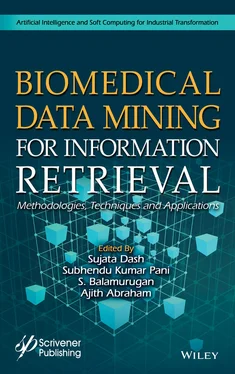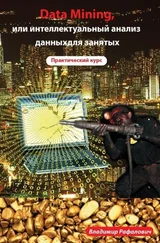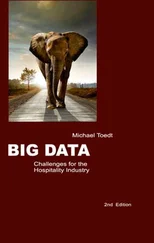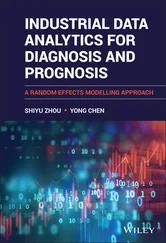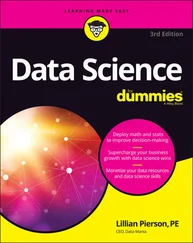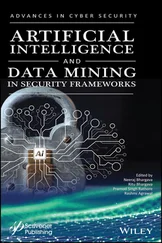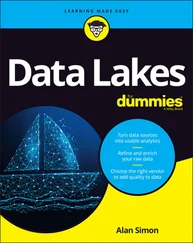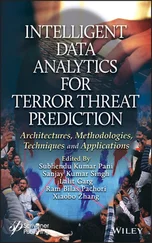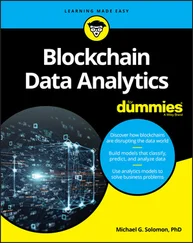304 303
305 304
306 305
307 306
308 307
309 308
310 309
311 310
312 311
313 312
314 313
315 314
316 315
317 316
318 317
319 318
320 319
321 320
322 321
323 322
324 323
325 324
326 325
327 326
328 327
329 328
330 329
331 330
332 331
333 332
334 333
335 334
336 335
337 336
338 337
339 338
340 339
341 340
342 341
343 342
344 343
345 344
346 345
347 346
348 347
349 348
350 349
351 350
352 351
353 352
354 353
355 354
356 355
357 356
358 357
359 358
360 359
361 360
362 361
363 362
364 363
365 364
366 365
367 366
368 367
369 368
370 369
371 370
372 371
373 372
374 373
375 374
376 375
377 376
378 377
379 378
380 379
381 380
382 381
383 383
384 384
385 385
386 386
387 387
388 388
389 389
390 390
391 391
392 392
393 393
394 394
395 395
396 396
397 397
398 398
399 399
400 400
401 401
402 402
403 403
404 404
405 405
406 406
407 407
408 409
409 410
410 411
411 412
412 413
413 414
414 415
415 416
Scrivener Publishing100 Cummings Center, Suite 541J Beverly, MA 01915-6106
Artificial Intelligence and Soft Computing for Industrial Transformation
Series Editor: Dr S. Balamurugan (sbnbala@gmail.com)
Scope: Artificial Intelligence and Soft Computing Techniques play an impeccable role in industrial transformation. The topics to be covered in this book series include Artificial Intelligence, Machine Learning, Deep Learning, Neural Networks, Fuzzy Logic, Genetic Algorithms, Particle Swarm Optimization, Evolutionary Algorithms, Nature Inspired Algorithms, Simulated Annealing, Metaheuristics, Cuckoo Search, Firefly Optimization, Bio-inspired Algorithms, Ant Colony Optimization, Heuristic Search Techniques, Reinforcement Learning, Inductive Learning, Statistical Learning, Supervised and Unsupervised Learning, Association Learning and Clustering, Reasoning, Support Vector Machine, Di˙erential Evolution Algorithms, Expert Systems, Neuro Fuzzy Hybrid Systems, Genetic Neuro Hybrid Systems, Genetic Fuzzy Hybrid Systems and other Hybridized So~ Computing Techniques and their applications for Industrial Transformation. The book series is aimed to provide comprehensive handbooks and reference books for the benefit of scientists, research scholars, students and industry professional working towards next generation industrial transformation.
Publishers at Scrivener Martin Scrivener ( martin@scrivenerpublishing.com) Phillip Carmical ( pcarmical@scrivenerpublishing.com)
Biomedical Data Mining for Information Retrieval
Methodologies, Techniques and Applications
Edited by
Sujata Dash,
Subhendu Kumar Pani,
S. Balamurugan
and
Ajith Abraham

This edition first published 2021 by John Wiley & Sons, Inc., 111 River Street, Hoboken, NJ 07030, USA and Scrivener Publishing LLC, 100 Cummings Center, Suite 541J, Beverly, MA 01915, USA
© 2021 Scrivener Publishing LLC
For more information about Scrivener publications please visit www.scrivenerpublishing.com.
All rights reserved. No part of this publication may be reproduced, stored in a retrieval system, or transmitted, in any form or by any means, electronic, mechanical, photocopying, recording, or otherwise, except as permitted by law. Advice on how to obtain permission to reuse material from this title is available at http://www.wiley.com/go/permissions.
Wiley Global Headquarters111 River Street, Hoboken, NJ 07030, USA
For details of our global editorial offices, customer services, and more information about Wiley products visit us at www.wiley.com.
Limit of Liability/Disclaimer of WarrantyWhile the publisher and authors have used their best efforts in preparing this work, they make no representations or warranties with respect to the accuracy or completeness of the contents of this work and specifically disclaim all warranties, including without limitation any implied warranties of merchantability or fitness for a particular purpose. No warranty may be created or extended by sales representatives, written sales materials, or promotional statements for this work. The fact that an organization, website, or product is referred to in this work as a citation and/or potential source of further information does not mean that the publisher and authors endorse the information or services the organization, website, or product may provide or recommendations it may make. This work is sold with the understanding that the publisher is not engaged in rendering professional services. The advice and strategies contained herein may not be suitable for your situation. You should consult with a specialist where appropriate. Neither the publisher nor authors shall be liable for any loss of profit or any other commercial damages, including but not limited to special, incidental, consequential, or other damages. Further, readers should be aware that websites listed in this work may have changed or disappeared between when this work was written and when it is read.
Library of Congress Cataloging-in-Publication Data
ISBN 978-1-119-71124-7
Cover image: Pixabay.Com
Cover design by Russell Richardson
Set in size of 11pt and Minion Pro by Manila Typesetting Company, Makati, Philippines
Printed in the USA
10 9 8 7 6 5 4 3 2 1
Biomedical Data Mining for Information Retrieval comprehensively covers the topic of mining biomedical text, images and visual features towards information retrieval, which is an emerging research field at the intersection of information science and computer science. Biomedical and health informatics is another remerging field of research at the intersection of information science, computer science and healthcare. This new era of healthcare informatics and analytics brings with it tremendous opportunities and challenges based on the abundance of biomedical data easily available for further analysis. The aim of healthcare informatics is to ensure high-quality, efficient healthcare and better treatment and quality of life by efficiently analyzing biomedical and healthcare data, including patients’ data, electronic health records (EHRs) and lifestyle. Earlier, it was commonly required to have a domain expert develop a model for biomedical or healthcare data; however, recent advancements in representation learning algorithms allow automatic learning of the pattern and representation of given data for the development of such a model. Biomedical image mining is a novel research area brought about by the large number of biomedical images increasingly being generated and stored digitally. These images are mainly generated by computed tomography (CT), X-ray, nuclear medicine imaging (PET, SPECT), magnetic resonance imaging (MRI) and ultrasound. Patients’ biomedical images can be digitized using data mining techniques and may help in answering several critical questions related to their healthcare. Image mining in medicine can help to uncover new relationships between data and reveal new useful information that can aid doctors in treating their patients.
Читать дальше
